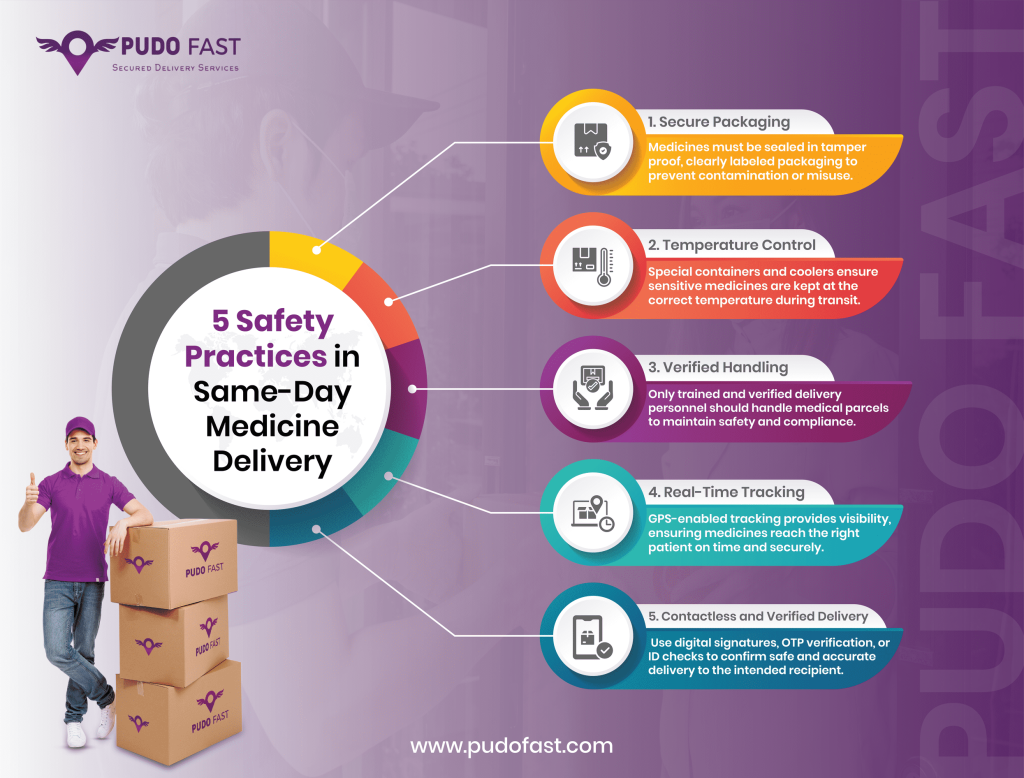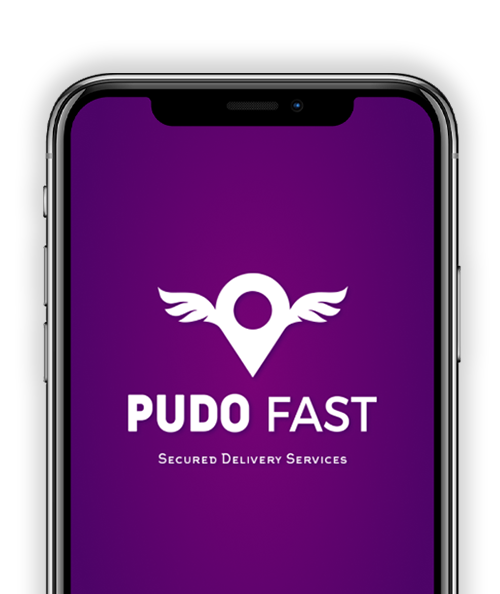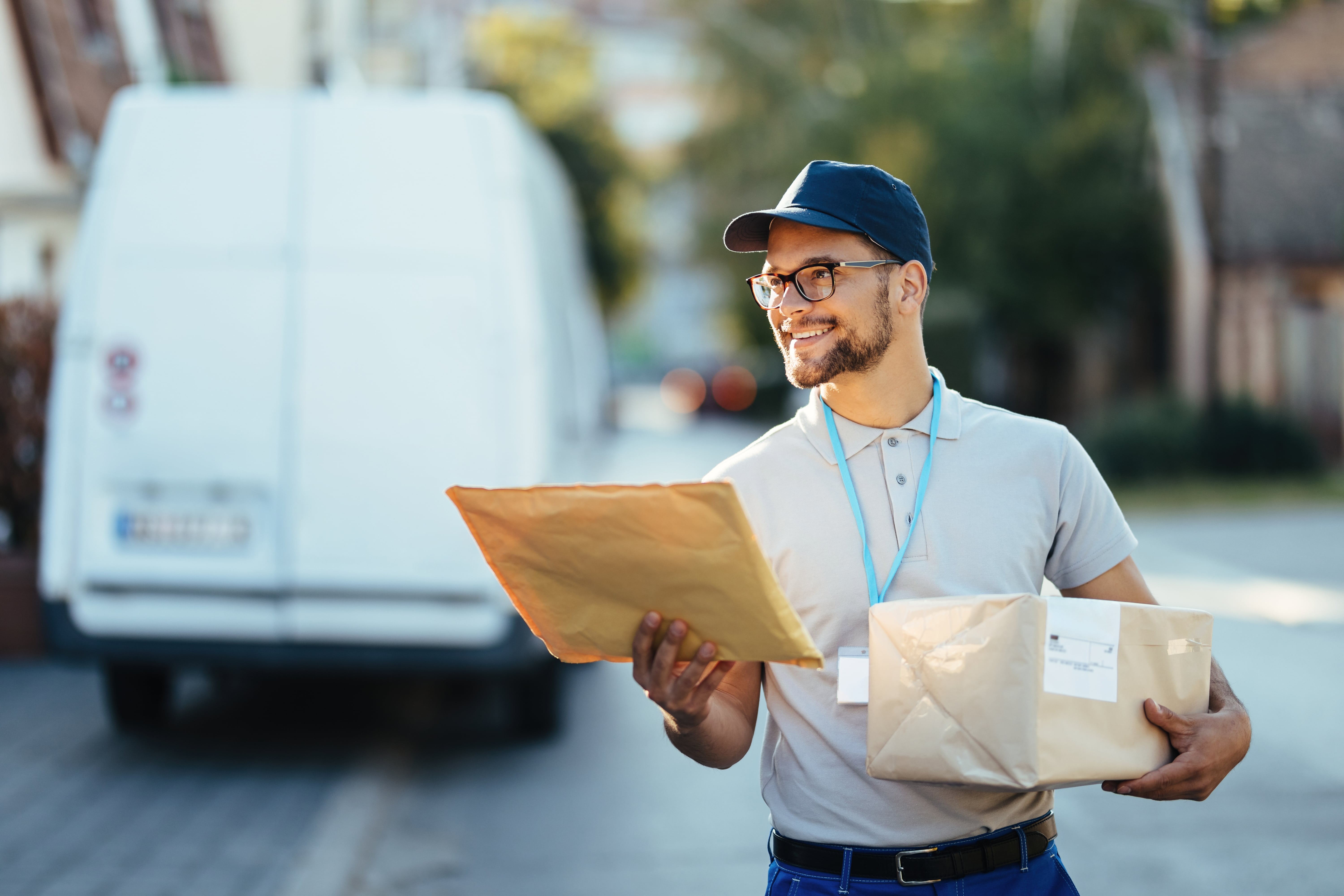
Introduction: The Growing Need for Same-Day Medicine Delivery
In New York, speed often dictates convenience. But when it comes to healthcare, speed can be a lifeline. Imagine finishing a late shift in Midtown only to realize your refill is waiting at the pharmacy. Or consider an elderly patient in Brooklyn who can’t travel easily but needs her heart safe medication delivery. These are not edge cases; they’re everyday realities.
That’s why pharmacies are rethinking the way medicines move through the city. Same day medicine delivery is no longer a perk; it’s becoming a necessity. The demand is shaped by busy households, professionals with packed schedules, and patients who cannot afford to miss even a single dose. Yet, the challenge isn’t just about getting medicines across town quickly. It’s about doing it safely, compliantly, and with customer confidence intact.
How Pharmacies Ensure Safety in Same-Day Deliveries
Medicines differ from other consumer goods because the margin of error is virtually zero. A delay in delivery could mean a patient misses a scheduled dose. Mishandling a package could compromise its effectiveness. To address this, pharmacies build delivery models that put patient safety first.
Pharmaceutical transport encompasses a combination of protocols and accountability measures. Delivery personnel, who are essentially the carriers of pharmaceuticals, are usually trained in the basic handling of pharmaceuticals in order to ensure that they comprehend the sensitivity of the goods they transport. Pharmacies also go through a series of checks and tests before medications are allowed to leave the store, matching the prescriptions to the patients’ records, checking the storage requirements, and documenting every step in the handing-over chain.
It is very important that the temperature is controlled for drugs like insulin and biologics that are very sensitive and stable when they are kept in transit.
- Verification protocols may include, for example, ID checks and one-time passwords that ensure that the medicine is given to the right person.
- Chain-of-custody records offer traceability, thus greatly reducing the risk of any kind of disputes or audits.
- Pharmacy delivery systems constitute these safety-first checklists, and this is the main reason why patients trust pharmacy delivery service models that combine speed with reliability.
Role of Technology in Managing Fast Medicine Delivery
The entire logistics of the modern healthcare system are supported by technology, which acts as the backbone of it all. For the pharmacies, the technology stands between safety and the urgency of the case. Systems verify if the prescription is available, insurance is valid, and inventory is checked before the delivery is made. This goes a long way in eliminating the chances of patients being left waiting for a product that is not in stock.
Once the delivery is allowed to go through, routing algorithms are used to plan the delivery schedules in the most efficient way. Besides taking into consideration the distance, they could also take into consideration the traffic conditions, bridge closures, or peak-hour congestion. In crowded areas, technology can also be used to group orders that are from neighbors, thus increasing efficiency without sacrificing the timeliness of the deliveries.
The customers, through technological means, are at their very best when they are being dealt with in a transparent manner. They get mobile notifications that provide confirmation that the order was sent, where it is at the moment through real-time tracking, and when it’s expected to reach its destination. Tracking the process becomes especially reassuring when the medicine is needed on an urgent basis. For pharmacies as well, it is reasonable to assume that they benefit from the call reduction, which is brought about by anxious patients.
5 Safety practices in samei day medicine delivery

Packaging and Handling Guidelines for the Transport of Safe Medication Delivery
Packaging is a part of the product’s purity. The standards the U.S. Pharmacopeia and state boards set must be followed by pharmacies, and non-compliance can result in punishment as well as harm to the patients.
- If tamper-evident seals are employed, then the patients can instantly recognize any package whose integrity has been violated.
- Shockproof materials are used so that there is no damage to the very fragile glass vials of medicine.
- Temperature-controlled containers are used to protect medicines requiring temperature security during extremely hot or cold weather.
While the medicine is being physically guarded, the packaging also facilitates secrecy. To protect patient privacy, most pharmacies opt not to brand the outer parcels. A trustworthy pharmacy courier service is one that always makes sure that these standards are followed. Patients may never come across the extra steps, but are still able to perceive the difference in confidence.
Legal and Regulatory Compliance in Pharmacy Deliveries
Healthcare is one of the most tightly regulated sectors in the U.S., and the deliveries are not an exception. Pharmacies have to abide by the rules of HIPAA in order to keep the patient data safe, DEA regulations for controlled substances, and state-specific legislation that governs prescription delivery solutions.
Compliance materializes in the daily workflows. Deliveries of narcotics, for instance, involve electronic signature capture. Driver background checks are obligatory for medical courier delivery partners. Every package should be logged in pharmacy records so that a verifiable trail of the package exists.
While this degree of monitoring may be seen as overkill compared to other industries, the regulations are non-negotiable. Regulatory compliance is the reason that ensures patients trust that their medications are safe, secure, and that the whole process is done with honesty at every step.
Real-Time Tracking Systems for Same-Day Medicine Orders
Real-time tracking has become an integral part of the system for same-day deliveries. Patients, especially, are looking forward to the updates on their medication delivery in real-time. They are not only informed of the location of their parcel but also of its expected time of arrival through GPS-based systems.
Visibility in real-time is, therefore, a necessity rather than a mere luxury in a kind of scenario that is, for example, the same day delivery Brooklyn districts. Thus, patients will not have to worry if a courier is, for instance, delayed by traffic, as they will be able to plan their day accordingly. Pharmacies, on the other hand, also enjoy the benefit of being able to direct vehicles to other ways if there are unexpected blockages on their route.
Not only does transparency change the delivery from a package of unknown contents into a process that is certain, but it also gives comfort to both sides at the same time.
Forming Partnerships with the Help of Logistics Providers for a More Efficient Delivery
Some pharmacies either lack the proper resources or the expertise necessary for them to be able to manage logistics in-house. It is always a better decision, then, to establish a partnership with a provider that specializes in that field. In addition to the physical part, the partners also deal with the healthcare logistics part, including the delicate packages and local healthcare regulations.
Medical courier delivery drivers are well aware of and trained in the aspects of being on time, keeping things under wraps, and giving package safety the utmost attention. In the same vein, the providers also come with their unique equipment, like the portable lockbox, which is used for secure handovers, thus cutting down on the risks of theft or being lost.
Pharmacies can thus divert their attention from the malfunctioning last mile to the core function of patient care when they partner with delivery executives. As a result, the customers enjoy the advantages of professionalized delivery implementation.
Same-Day Medication Delivery in the Face of a Few Obstacles
Despite the presence of strong systems, challenges continue to exist. New York’s excessive density gives rise to the following:
- One of the significant problems is that traffic is often unpredictable, thus making planning a precise schedule a very tough task.
- Apartments and office buildings that have restricted entry are slow in issuing access codes or keys to the delivery people; thus, the delivery process here is slow.
- Medicines left on a doorstep can become targets for those who seek to steal them.
Pharmacies and their logistics associates deal with these complications by employing smarter systems. This is because GPS-tracked drop-offs make complete handovers evident. On the other hand, contactless medicine delivery is a convenient way for patients and, at the same time, reduces the risk of exposure. Thus, the time slots that have been allocated to patients grant them the opportunity to be there to receive their medicines.
Such measures, when taken together, are capable of transforming the process, which could have been a high-friction one, into a straightforward one.
Enhancing Customer Trust Through Reliable Delivery Practices
Trust is one of the results of the process that delivery represents. Patients who rely on pharmacy home delivery are expected to have a consistent experience with safe packaging, on-time deliveries, and verified handoffs every single time.
One failed delivery may be the cause to lose trust, especially if it is a case of heart medication or antibiotics, which are the most critical. Trust, however, when it is maintained over time as pharmacists’ success, turns into customer loyalty that goes far beyond the pharmacy counter. Patients will be most loyal to those pharmacies that, in their opinion, consider delivery as an integral part of a healthcare journey, not just a transaction.
As a result, dependable delivery services will become a unique selling point, which will allow the company to not only foster patient relations but also gain the trust of the brand’s CSR.
Future Trends: Innovations in Safe and Fast Medication Delivery
Pharmaceutical supply chain management will embrace technology, logistics, and customer service to an even greater degree than today.
The implementation of AI-related systems will make the forecasting of abrupt demand a piece of cake; pharmacies will consequently be ready to stock up on medicine and set up the delivery schedules. By way of improvement, smart lockbox systems will provide an additional security feature for porch deliveries. Electric vehicles running on clean energy will be the means of transportation used in most of the urban journeys, thus combining the green objectives with the healthcare logistics.
Such a change means more convenience, quicker access, and safer results for New Yorkers. Residents of such places as Brooklyn will be the first to enjoy how the development of new technologies in prescription delivery solutions will make them stay healthy in a real-time world; the rule will no longer be that safe and fast medicine delivery is a rare exception.
Final Takeaway
Pharmacy deliveries are definitely not just about convenience. They are the most efficient method of linking patients to fast, safe, and dependable life-sustaining care. The smallest detail can make a big difference in medicine delivery, from the advanced packaging to the patient trust through compliance.
In case the expectations increase, pharmacies using modern delivery strategies will become the leaders of the field. As for patients, their position will be unequivocal: they will not regard reliable same-day delivery as just nice to have, but rather they will consider it as an indispensable part of their health and peace of mind.




